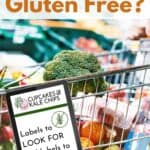
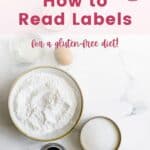
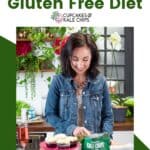
If you’re gluten-free, it’s helpful to know how to read food labels to ensure that you steer clear of allergens while embracing the many foods you can eat. Use this guide to learn how to master gluten-free food labels.
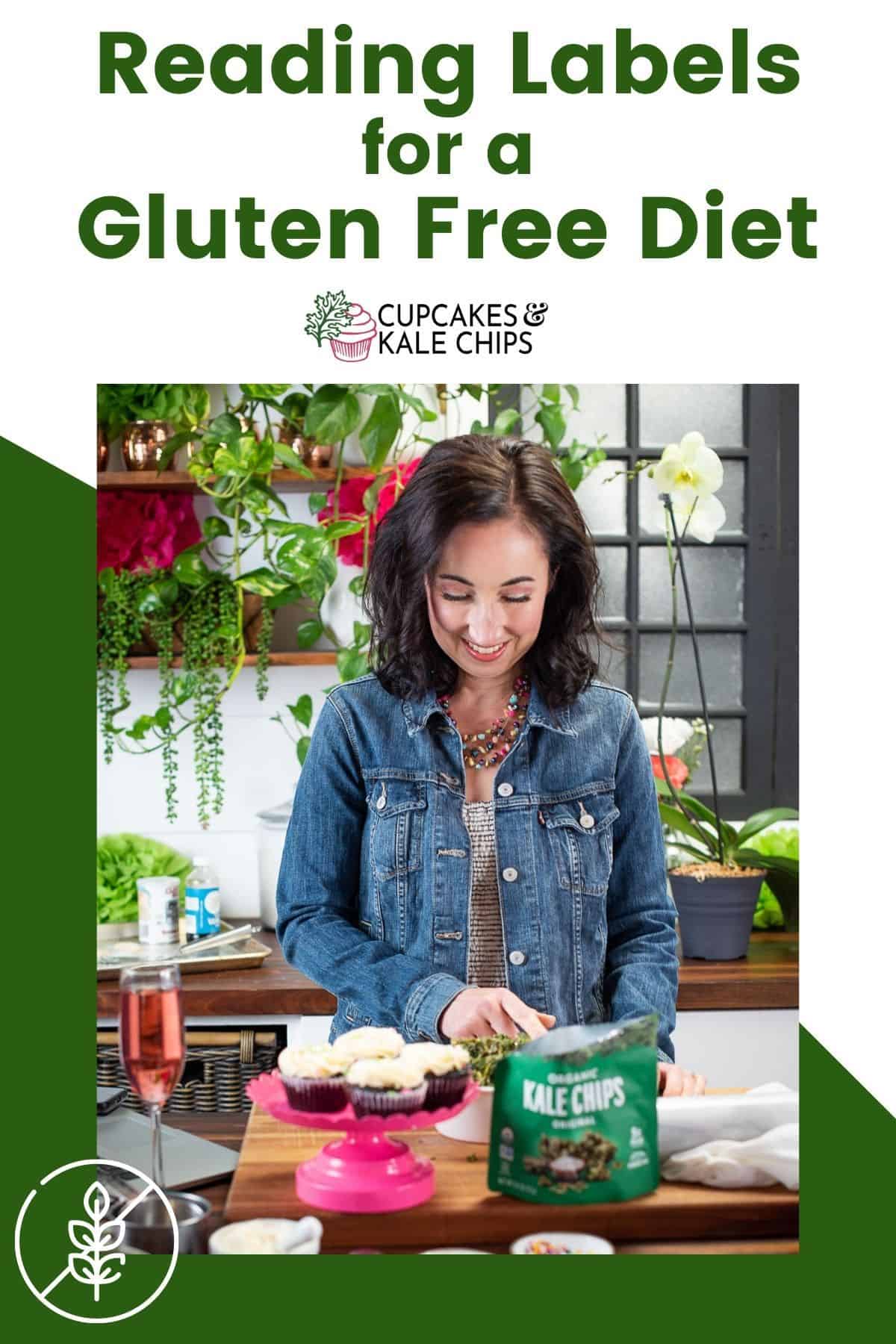
Going gluten-free for any reason can feel a little overwhelming at first. You may be wondering how you’re going to avoid gluten when grocery shopping or eating at a restaurant. The good news is that more and more, there are excellent gluten-free options everywhere you look. To get started, check out my list of everything you CAN eat on a gluten-free diet.
While I’m not a doctor, and you should always consult with a medical professional before making any major dietary changes, I do have plenty of experience grocery shopping for gluten-free goods, including for kids. That’s why I’ve put together this guide to reading food labels specifically for gluten-free diets. Use these tips to navigate the grocery store with confidence, and before you know it, you’ll be a gluten-free shopping pro!
In some cases, it can be tricky to figure out if a product contains gluten or not based on the food label alone. But some items come with a clear and very helpful label.
Unless you have other allergies, you CAN enjoy any items with the following labels:
Other regulatory parties that may be highlighted on a gluten-free food label include:
Steer clear of any foods with the following phrases on their labels. Note that sometimes these warnings are printed in small font on the back of a package:
Depending on the level of your sensitivity to gluten, you may or may not be able to eat items with the following food labels:
When in doubt, always ask your healthcare provider.

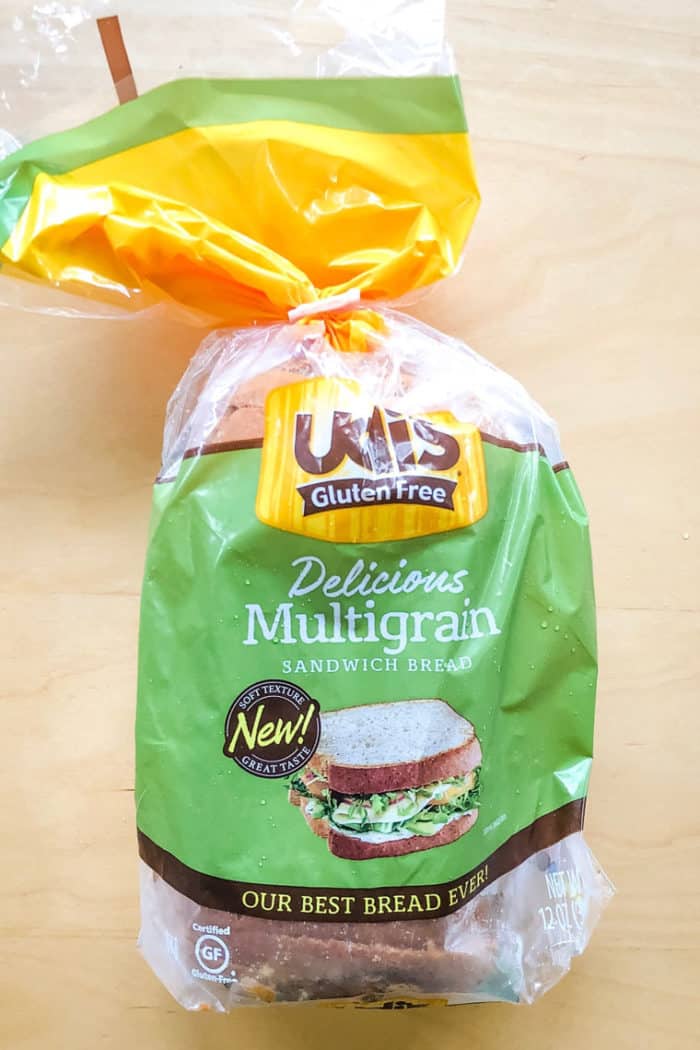
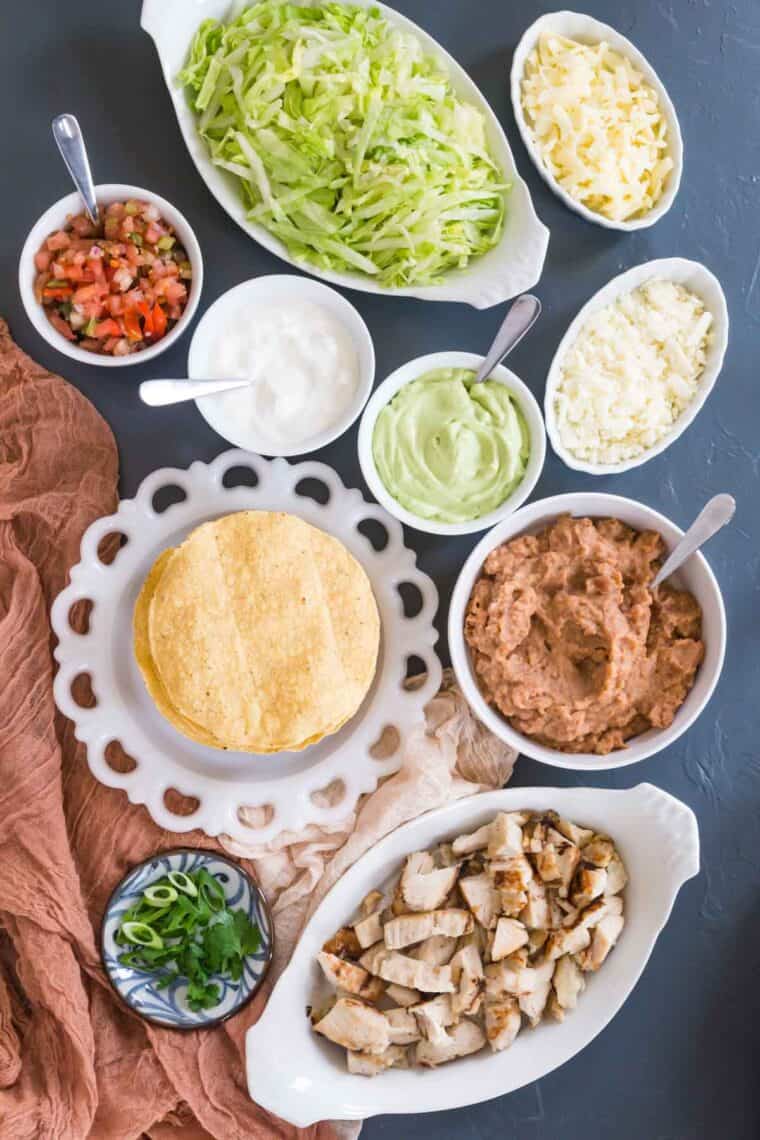
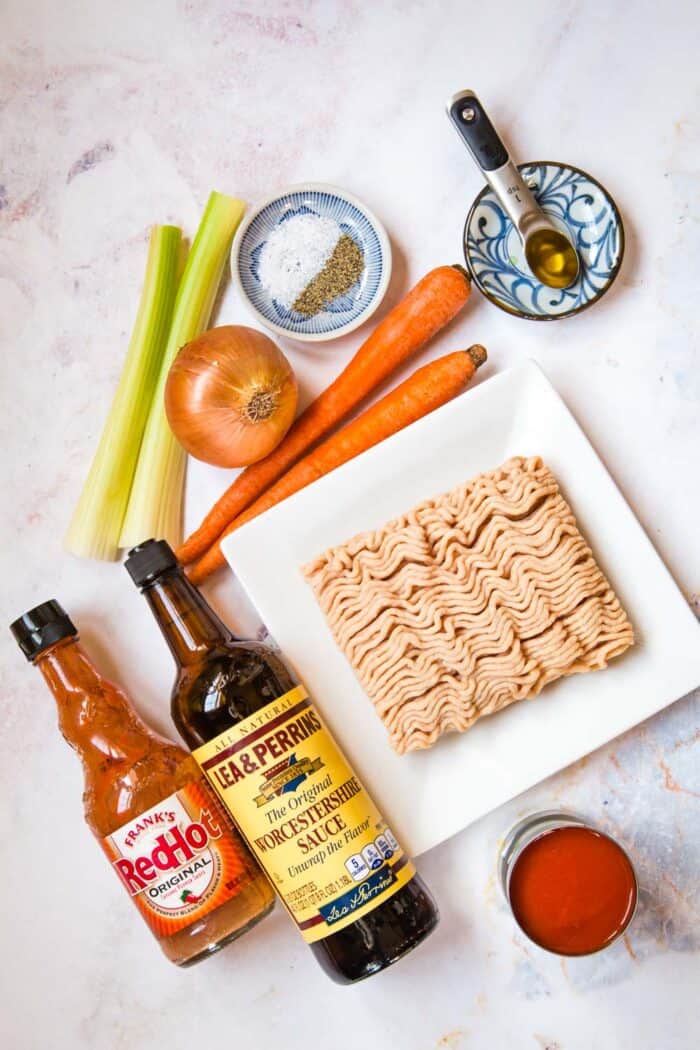
There are a few common ingredients in packaged foods that you should always avoid on a gluten-free diet. Some of these items are other names for wheat. Others are names for gluten-containing grains (or derived from those grains).
Skip any items with the following ingredients on their food labels:
In addition to the foods we know contain gluten protein, there are also some ingredients that may be hiding gluten on their food labels. Again, depending on your sensitivity to gluten, you may or may not be able to tolerate these ingredients.
If you don’t have to worry about cross-contamination or trace amounts of gluten, then these items may be just fine for you. However, if you have celiac disease or a severe intolerance, then avoid these foods unless they’re certified gluten-free.
Tip: Look out for the phrases “natural flavoring” and “modified food starch”. They may contain a gluten ingredient. Manufacturers are not required to list the components of these catch-all ingredients.
When you’re buying pre-made food or snacks, the gluten can get sneaky. It’s always best to carefully read the label for allergy warnings or certifications. I’ve also written a helpful guide on foods that contain gluten for more details.
When in doubt, consult the ingredient list for any of the ingredients listed above. Unfortunately, in some cases, the only way to be 100% sure is to contact the manufacturing company directly.

Fortunately, when you prepare your meals at home, you can rest assured that every bite is gluten-free and just how you like it. Start gluten-free cooking with these family favorites:

Welcome to Cupcakes & Kale Chips, where I share gluten free recipes & kid-tested family favorites!
